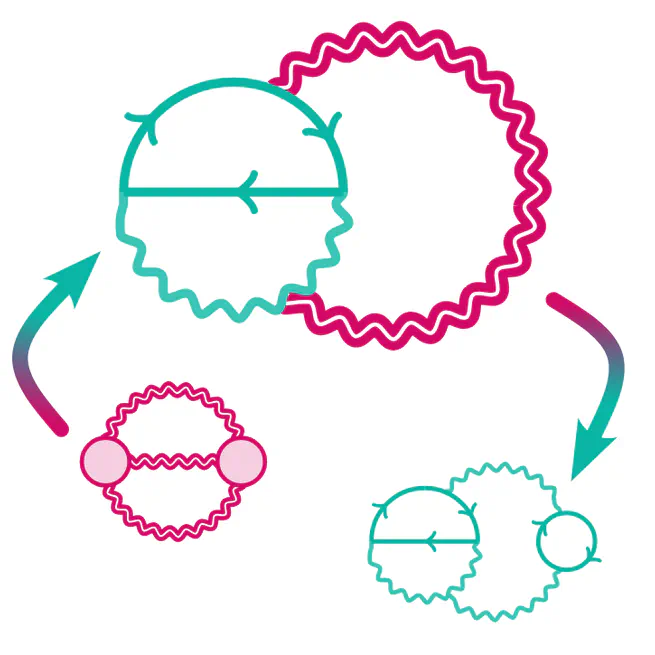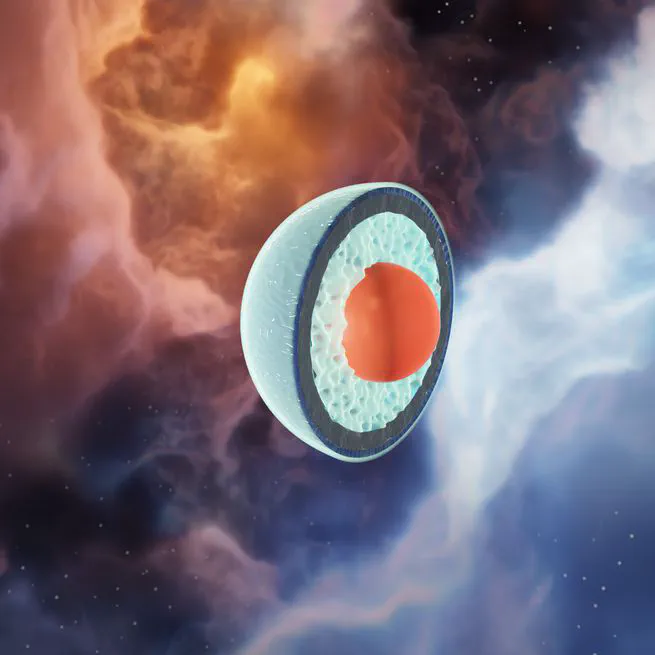
The phase diagram of quantum chromodynamics (QCD), the theory of the strong nuclear force, is poorly understood. At high enough temperatures or densities, the strong coupling constant $\alpha_s$, characterizing the interactions between fundamental quarks and gluons, becomes small. In this regime, perturbative calculations directly within QCD are possible. Much of my research has been focussed on pushing perturbative QCD calculations beyond the next-to-next-to-leading order computations performed in the 1980s. Since 2018, my work has characterized the next-to-next-to-next-to-leading order equation of state of cold, zero-temperature quark matter, through a series of Physical Review Letter articles (in 2018, 2021, and 2023). The full N3LO computation is now within reach. I have also improved the calculation of the finite-temperature equation of state of quark matter, adding the effect of quark masses in an article in Phys. Rev. D in 2022.
Nov 12, 2024

The densest objects in the universe supported by nuclear forces. Much is still unknown about the properties of the cores of these extreme stars. Much of my research focuses on techniques to understand the thermodynamic properties (such as the equation of state) of state of neutron-star matter. Specifically I have worked to synthesize inputs from astrophysics, nuclear theory, and particle theory to shed light on the behavior of the matter within the cores of the most massive neutron stars. Recently I have also begun to explore transport properties of cold and dense matter, which are more sensitive to the degrees of freedom than thermodynamic properties are.
Oct 26, 2023